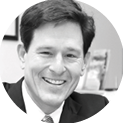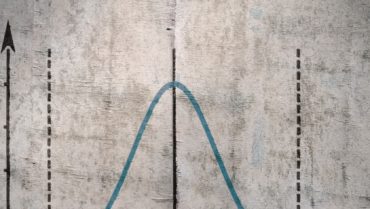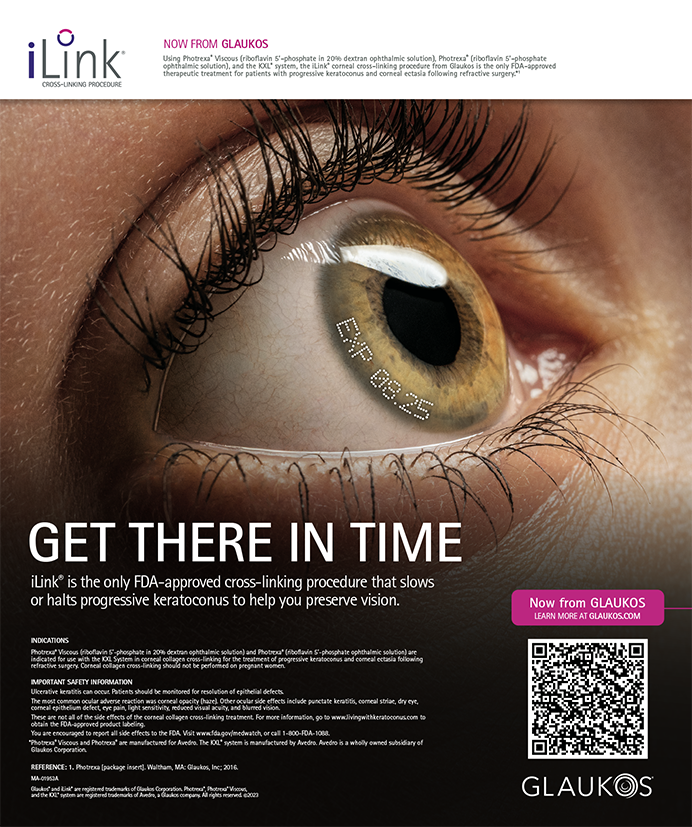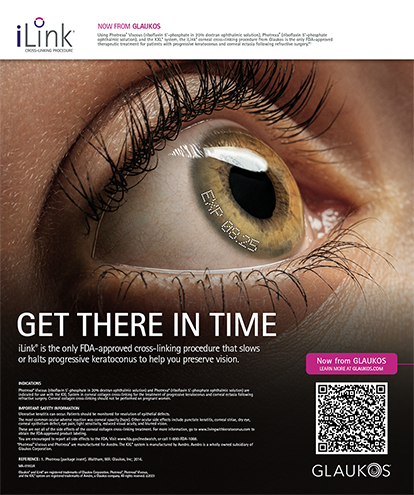
The learning curve is a familiar concept to us all, describing improvement in performance of a task through repetition. Graphically, performance of the task is represented on the vertical axis while experience is represented on the horizontal axis. The first description of this phenomenon came from the German psychologist Hermann Ebbinghaus, PhD, in 1885.1
Five years later, in 1890, William Stewart Halsted, MD, transformed the surgical education system in the United States by creating the residency training program, the first formal system for postgraduate medical training.2 Dr. Halsted’s model relied heavily upon the concept of “see one, do one, teach one.” That is, the idea that mentoring under the supervision of an expert will produce a surgeon who can then quickly propagate that knowledge to subsequent surgeons.3
We tend to describe learning curves as short, long, steep, flat, or some combination thereof. The terminology can be a bit confusing. A difficult task is often described as having a very steep learning curve. Taken literally, this would mean that the performance of the task improves very rapidly with repetition, indicating that the task is easy to master. Maybe it would be more appropriate to call difficult learning curves long, or better yet, long and tall.
Dr. Halsted teaching a surgeon to perform a below-the-knee amputation in 1890 would fit conveniently into the paradigm of “see one, do one, teach one,” with a learning curve moving sharply up and plateauing quickly. A complex procedure such as modern cataract surgery is a different beast entirely.
A 2015 study found that the average US ophthalmology resident performed 173.6 phaco cases during training.4 Although most of us exit our residency and fellowship programs feeling confident in our cataract surgery skills, it’s safe to say that the first case in practice is a lot tougher than the 10,000th.
Recently, a retired ophthalmologist accompanied a family member to see me for a cataract consultation. He called me the next day to discuss the likely surgical plan. Many of the diagnostic and surgical technologies we discussed were completely unfamiliar to him, even though he had stopped practicing only 9 years earlier. He remarked that his long career was really just a series of learning curves, implementing new technologies along the way. Eventually, this highly respected ophthalmologist simply felt incapable of climbing the next curve, and he retired. He was emphatic that his retirement was not triggered by a desire to stop working nor by a physical ailment, but rather by the daunting prospect of yet another learning curve.
His words resonated with me. The pace of innovation is so rapid in our specialty that it does not take long to feel that one is no longer on the cutting edge. After a while, it seems impossible to catch up.
Falling behind in the innovation cycle is a genuine concern for even the most innovative ophthalmologist. Resources such as Eyetube, national meetings, and online forums are important tools for remaining current. Cataract & Refractive Surgery Today is also an excellent resource, and, because we are all falling behind—even right this very second—this issue is an excellent place to resume our collective quest to keep up.
In this issue, you will find a comprehensive discussion of medical and surgical strategies for treating the aging lens and presbyopia. This month’s editorial spotlight highlights strategies for dealing with unexpected complications in the OR, as well as a collection of tricks to improve efficiency and speed in the OR. I hope you enjoy it.
Steven J. Dell, MD | Chief Medical Editor
1. Ebbinghaus H. Memory: a contribution to experimental psychology. New York: Teachers College, Columbia University. 1885. https://books.google.com/books?id=oRSMDF6y3l8C&printsec=frontcover#v=onepage&q&f=false. Accessed February 18, 2020.
2. Cameron JL. William Stewart Halsted. Our surgical heritage. Ann Surg. 1997;225(5):445-458.
3. Halstead WS. The training of the surgeon: The annual address in medicine. Yale University. June 27, 1904; New Haven, Connecticut. https://archive.org/details/b2246413x/mode/2up. Accessed February 18, 2020.
4. Chadha N, Liu J, Maslin JS, Teng CC. Trends in ophthalmology resident surgical experience from 2009 to 2015. Clin Ophthalmol. 2016;10:1205-1208.




